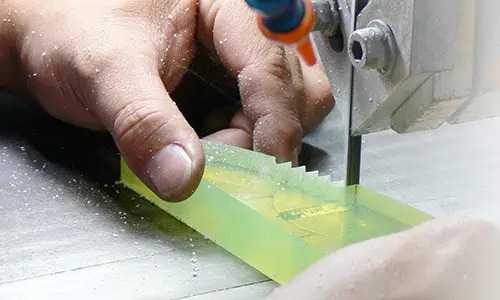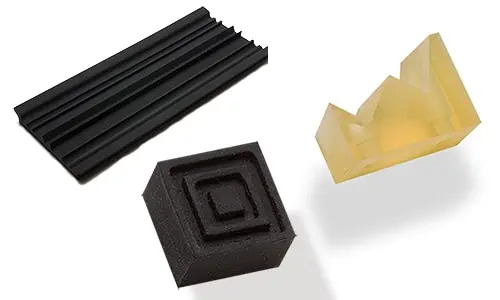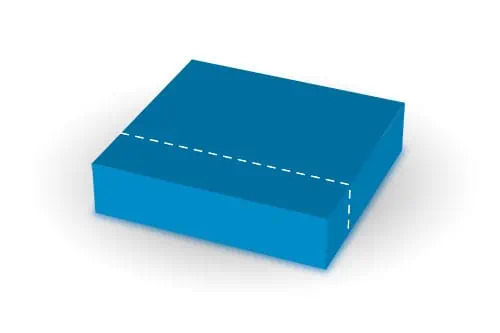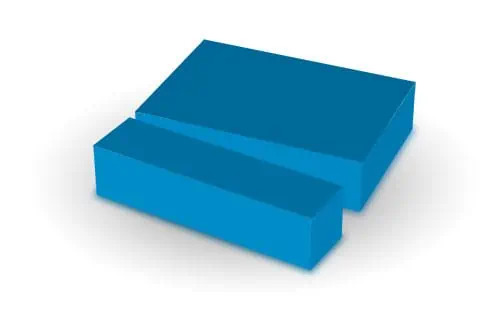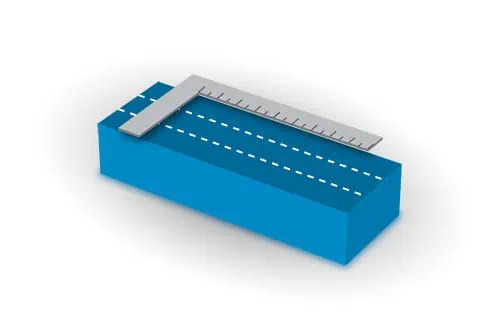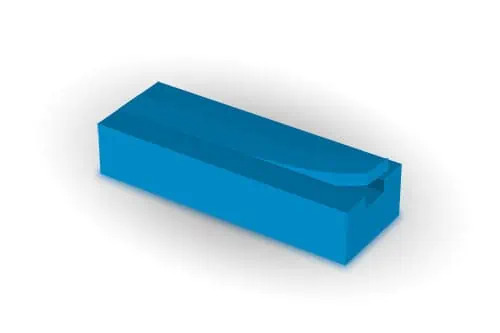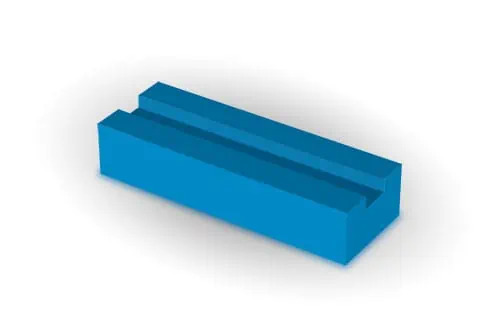Moriteq’s Custom Rubber Product Manufacturing Process
There are many rubber parts manufacturing processes, each of which offers particular benefits that make it suitable for producing specific types of rubber products. At Moriteq, we use various types of moldless rubber manufacturing processes to produce custom rubber products for our customers. With our rubber cutting services, we eliminate all initial tooling costs and offer a selection of seal buffer, packing, vibration prevention, and other types of materials to fit your application. Learn more about our rubber parts manufacturing processes here.
Spinning Lathe Machine Process
Our skilled team uses the spinning lathe to cut, shave, and finish rubber parts according to our customers’ specifications. We can create rubber parts such as bellows used as protection for metal components like automotive components. We also shape the curvatures of the workpieces to produce other rubber components, from small consumer goods to high-precision military parts.
To make custom rubber parts with our spinning lathe, we take the following steps:
- Our technicians cut an approximate size of the product from a larger rubber block.
- Next, they cut the corners of the material, close to the part’s intended shape.
- We will then cut and shave the part by hand into its final shape.
- We use the lathe to drill a hole through the part.
- Finally, our quality control team will evaluate the finished parts before sending them out for shipping.
Cutting or Grinding Process
Our technicians maintain high precision in the cutting and grinding processes of solid rubber block materials like urethane. We hand-cut smaller or softer parts and use cutting machines for larger components.
Here are the steps our craftsmen follow for how to cut rubber:
- Our technicians start by cutting a piece of material from a larger rubber block or sheet, trimming it down based on the specified dimensions.
- We will then mark areas to be ground.
- As we grind the material, we constantly check the dimensions to ensure precision.
- Our quality control team will check the finished product to ensure that it meets the required standards.
Ball Drilling Process
Ball drilling involves using a high-speed drill to cut holes through rubber materials like urethane, silicone, and neoprene. We use this custom rubber manufacturing process to produce precise products for the medical, food, and military industries.
Here is the ball drilling process we use to manufacture custom rubber products:
- Our technicians will cut a portion of rubber material from a rubber block.
- We then cut the portion to the precise size needed for the final product.
- We will measure and mark the rubber part in the areas to be drilled.
- Our technicians drill holes in the rubber part with our state-of-the-art equipment.
- Our quality control team will inspect the product thoroughly to ensure that it meets the highest standards.
Plotter or Water-Jet Process
This process uses a computerized water-jet cutting machine with an ultra-high-pressure stream of water. While slower than other cutting processes, water-jet cutting features a narrow kerf width able to achieve highly precise results. It removes less material at a time than a typical band or electric saw. It also creates smooth and precise cutting surfaces.
Rubber Cutting Services by Moriteq
At Moriteq, we provide moldless rubber cutting services to make custom rubber parts. Our techniques save significant initial tooling costs and produce complex products like seal buffers, packing, and vibration-prevention materials with quick turnaround times. For more information about our services, please contact us at 847-734-0970, email us at info@moritequsa.com, or request a free quote.


